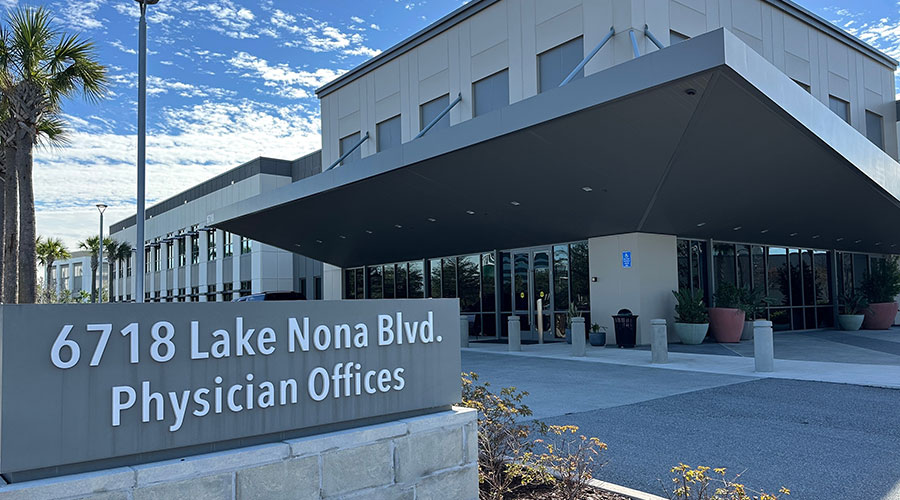Xenex Disinfection Services announced that its LightStrike pulsed xenon ultraviolet (UV) light system passed 3M’s fit and filtration tests when used to decontaminate N95 respirators, even after multiple decontamination cycles (according to a 3M Technical Bulletin issued yesterday).
There are several ways to create germicidal UV light. For decades, companies have developed technologies using mercury bulbs to create continuous, single spectrum (253.7nm) low intensity UV light. Xenex developed a way to use a xenon lamp to generate bursts of high intensity, broad spectrum (200-280nm) UV light. The intense germicidal UV light produced by Xenex LightStrike Germ-Zapping Robots™ is able to deactivate viruses, bacteria and spores in a 5-minute disinfection cycle without damaging hospital materials or equipment.
A field test was conducted at Regions Hospital (which has used LightStrike disinfection robots since 2014) to evaluate decontaminating respirators in a real hospital environment, for 10 total disinfections. The respirators were exposed to LightStrike’s intense bursts of germicidal light at a close distance for 10 disinfection cycles (each cycle consisted of a 5-minute exposure on the exterior and 5-minute exposure on the interior of the respirators). Next, 3M conducted two types of tests to evaluate the fit and filtration impact of LightStrike’s pulsed xenon UV light on N95 respirators. Testing was performed on three different respirator models (1860, 8210, and 1804). 3M concluded that the LightStrike decontaminated respirators did not show degradation in filtration or fit.
“It is very unfortunate that hospitals and hospital employees are being forced to reuse respirators and other protective equipment. This is a situation that never should have happened, and we applaud 3M’s herculean efforts to provide millions of new respirators for healthcare workers,” said Dr. Sarah Simmons, Senior Director of Science for Xenex. “3M moved quickly to innovate and quickly determined that our robot’s intense pulsed xenon UV light would not damage the N95 respirators. We hope that our frontline responders are soon able to access the new supplies they need and deserve, but in the meantime it’s gratifying to know that hospitals using our robots to decontaminate N95 respirators can do so without impairing the functionality of the protective equipment.”
Xenex is the market leader in UV disinfection for healthcare facilities and its LightStrike robots have been deployed in more than 500 healthcare facilities, including the Mayo Clinic, MD Anderson, Stanford, USC and HonorHealth. The robots work quickly and do not require warm-up or cool-down time, so facilities are able to disinfect dozens of rooms per day (per robot). Hospitals have published peer-reviewed studies showing significant reductions in Clostridium difficile (C.diff), MRSA, VRE and/or Surgical Site Infection (SSI) rates after integrating Xenex’s infection prevention programs and using LightStrike robots to supplement their environmental disinfection efforts.
The portable LightStrike robot can disinfect a typical patient or procedure room in 10-15 minutes without warm-up or cool-down times. Operated by the hospital cleaning staff, it can be used in any department and in any unit within a healthcare facility, including isolation rooms, operating rooms, general patient care rooms, contact precaution areas, emergency rooms, restrooms and public spaces.
Based on the Centers for Disease Control & Prevention (CDC) recommendations regarding the reuse of N95 respirators, some hospitals are using LightStrike robots to decontaminate N95 respirators between uses. This decontamination process is intended to reduce the viral load that may be present on the respirators, but does not meet the reprocessing standard of sterilizing the respirators. Accordingly, this method should not be used unless the respirator must be reused, and there are no other methods available to sterilize the respirators. Xenex has not sought FDA approval fo
 States Move Forward to Better Protect Senior Citizens
States Move Forward to Better Protect Senior Citizens Archer and REDA to Transform Newport Beach Building into Outpatient Center
Archer and REDA to Transform Newport Beach Building into Outpatient Center Sunflower Medical Group Facing Lawsuit Following January Data Breach
Sunflower Medical Group Facing Lawsuit Following January Data Breach Nemours Children's Health Opens New Location in Lake Nona
Nemours Children's Health Opens New Location in Lake Nona Enhancing Safety at Hennepin Healthcare with a Screening System
Enhancing Safety at Hennepin Healthcare with a Screening System